|
PAST PROJECTS: RANGE DATA
|
|
RANGE DATA ACQUISITION
|
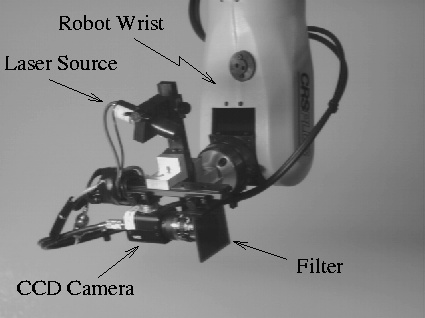
|
The APL was one of the
first laboratories to own a laser range finder. A
laser range finder is a non-contact
device that can measure the shape of a surface in 3D.
In collaboration with the NRC (National Research
Center), a sophisticated
synchronized laser scanner, with precision of up to
0.1 mm, was developed. Over the
years, the technology has become more accessible and
the APL has developed its own
custom design low-cost range
finder.
|
|
RAW RANGE DATA
|
|
The right image shows an example of a range
image produced by the APL range finder. The sensor
can sample roughly every millimeter
squared of surface within a precision of 0.5
mm. While the quality of this raw data is
very good, these images are still numbers to the
computer and require powerful computer
vision algorithms to be interpreted efficiently and automatically.
|
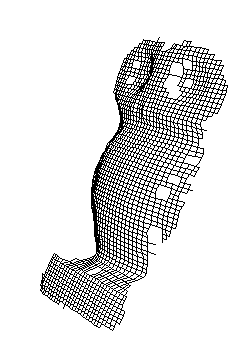
|
|
SURFACE CURVATURE ESTIMATION
|
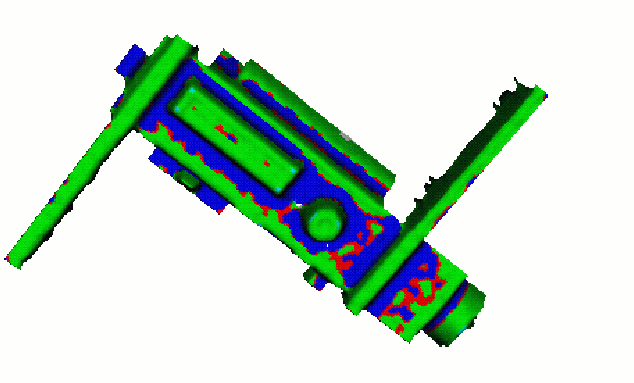
|
A useful step in range image reconstruction
has to do with the computation of the surface
curvature to remove measurement
noise and expose the underlying surface. The
computation of the surface curvature, related to the
second derivative of the surface, is very sensitive to noise.
A method called "curvature consistency" propagates
the information from neighbor to neighbor in order
to achieve a stable and reliable estimation of the curvature.
The picture shows a color-coded mean and gaussian
curvature map found with this algorithm.
|
|
RANGE IMAGE SEGMENTATION
|
|
The analysis of range images starts often
by their segmentation. Range image segmentation
consists in grouping together the pixels of
similar properties. In our case, we try to group the pixels according
to the large structures of the object. The right
image shows a color coding of the
various parts found automatically on a small owl statue.
|
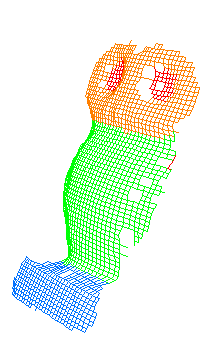
|
|
MODEL FITTING
|
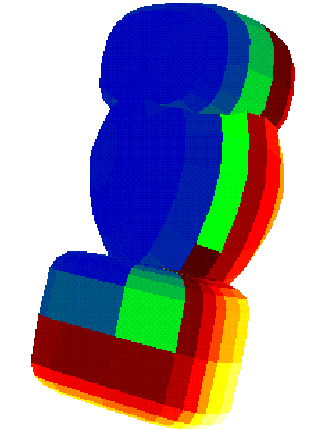
|
Range images can contain many thousands of
points. In order to make them more managable,
geometric models are fitted to the various
parts found by the segmentation algorithm. This
results in a considerable data reduction and the
model obtained can be used efficiently in order to get the
robot to grasp objects, avoid collisions and
recognize objects. The colors in the left
image represent the degree of confidence in the model.
|
|
|




